The women artists who created modern art Georgia O’Keeffe, Margaret Preston and Grace Cossington Smith in their parallel existences shared much in common. They were all born in the closing decades of the 19th century, they were blessed with longevity, averaging 92 years, and they were viewed as trailblazing modernists in their respective countries. In each case the overwhelming majority of their oeuvre remains in their home countries – O’Keeffe in American collections, while Preston and Cossington Smith in Australia. Consequently, these three women modernists are well known in their respective countries and figure in their national constructs of modernism, but less so abroad. O’Keeffe, this year is being fêted with a major show at the Tate in London, exactly a century after her debut in New York, Preston and Cossington Smith remain Australian national secrets. The show at Heide that unites these three artists was instigated by its former director Jason Smith and subsequently travels to Brisbane and Sydney. It brings together about thirty works from each artist, but one has to admit that the selection of work is uneven. The O’Keeffe selection is exclusively from the Georgia O’Keeffe Museum in Santa Fe, New Mexico and, while it is representative of her oeuvre with skulls, flowers and desertscapes, it is nowhere near her best work. Over a hundred of the key pieces are at the Tate, a show that closed a few days ago, others are scattered throughout American collections. Preston is at her best with all of the iconic paintings gathered together in one spot, but sadly there are none of her relief prints, that many would argue are her most important contribution to modernism. The director of Heide, Kirsty Grant, assured me that the prints will appear in the other venues, where a space will be available for the suitable display of works on paper. The Cossington Smith selection, while possibly lacking the key Sydney Harbour Bridge painting, The Bridge in Curve at the National Gallery of Victoria, is a strong cross-section of her art with the late glowing interiors a highlight of the whole show. O’Keeffe’s famous utterance, “Men put me down as the best woman painter… I think I’m one of the best painters” applies equally to all three artists. In their respective national constructs of modernism, these artists are outstanding and key to certain developments. The final hurdle or putdown that they face is being viewed within exclusively their national constructs, especially with the Australians who have virtually no international presence or recognition. O’Keeffe has been more fortunate, as part of the Stieglitz circle she has had some early recognition and while her role may have been minimised, she was at least part of the big scene. Preston fought hard to be given recognition and used her fiery temper and her husband’s money to forge a national identity in Australia, while Cossington Smith lived quietly in Turramurra on the upper North Shore waiting to be discovered. Neither Australian artist would score even the smallest of footnotes in any account of the development of modernism internationally. This neglect is certainly not one based on the merit of their art. O’Keeffe, one of my favourite artists over many decades, in her abstracted erotic flowers, including Blue Line (1919) and the bones of the desert, such as Ram’s Head, Blue Morning Glory (1938) created an abstracted aesthetic that at times crossed over into the non-figurative. Preston, when not pursuing silly ideas concerning the creation of a ‘national art’, forged conventions of cubism onto Australian forms as in her Western Australian gum blossom (1928) and Implement blue (1927) to create strikingly original and beautiful pieces of art. Of the three, Cossington Smith was the intuitive genius, little skilled in art theory and poorly versed in art history, her quiet, inward spiritual vision developed slowly and gaining in intensity as she aged. As an exhibition there are surprising parallels in the work of the three artists, both in the formal strategies that they developed and in their strong sense of place, as they found their respective abodes in New Mexico, Mosman and Turramurra. While some may jump to the conclusion that the Australians may look stronger than their much-touted American contemporary, this is undeserved, as O’Keeffe at her best is breathtaking; this exhibition shows that she also had many ordinary days. What this exhibition demonstrates, once again, is that Australian art needs to break free from the bounds of its geography. It should be a national priority to exhibit Australian art internationally and on a regular basis. O’Keeffe, Preston and Cossington Smith: Making Modernism October 12 – February 19, 2017
Heide Museum of Modern Art, Melbourne, Queensland Art Gallery, March 11 – June 11, 2017; Art Gallery of New South Wales between July 1 – October 1, 2017
0 Comments
Your comment will be posted after it is approved.
Leave a Reply. |
GRISHIN'S ART BLOG
Sasha Grishin AM, FAHA is the author of more than 25 books on art, including Australian Art: A History, and has served as the art critic for The Canberra Times for forty years. He is an Emeritus Professor at the Australian National University, Canberra; Guest Curator at the National Gallery of Victoria, Melbourne; and Honorary Principal Fellow, Faculty of Arts, at the University of Melbourne. Archives
June 2024
Categories
Keep up-to-date with Sasha Grishin's blog with the RSS feed.
RSS offers ease of access and ensures your privacy, as you do not need to subscribe with an email address. Click here to download a free feed reader |
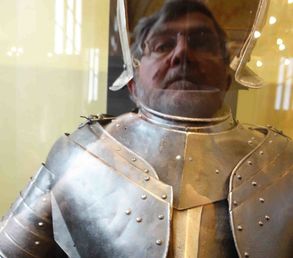
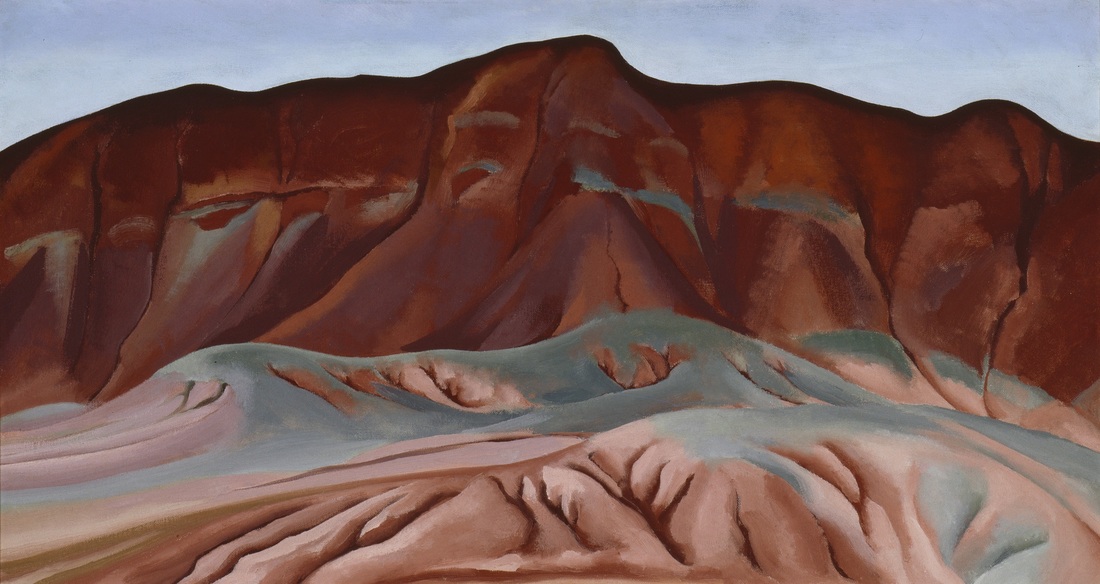
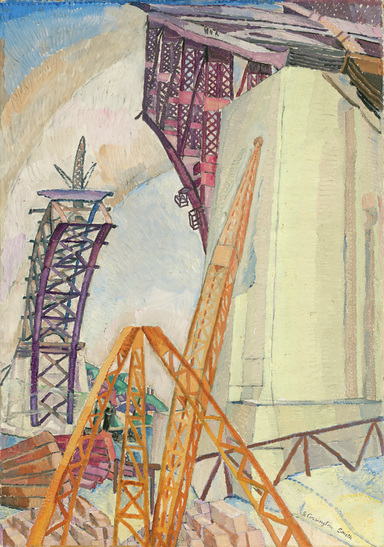
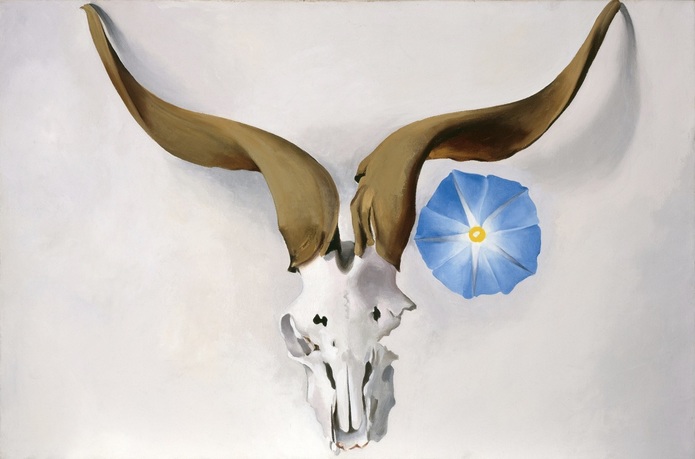
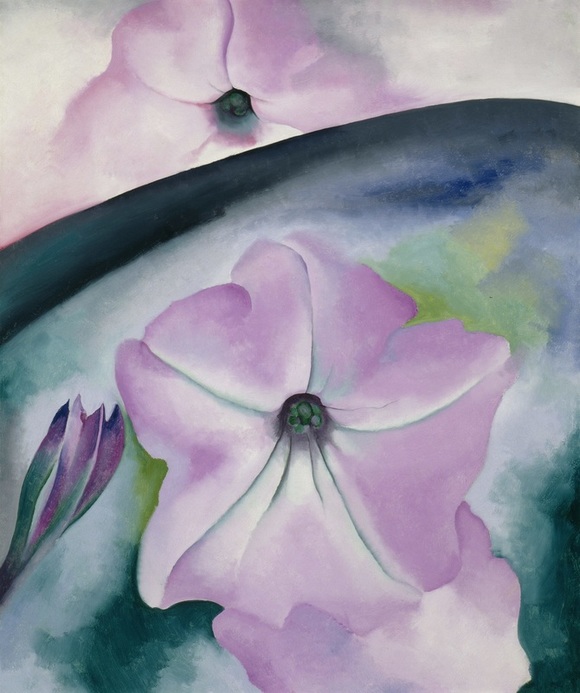
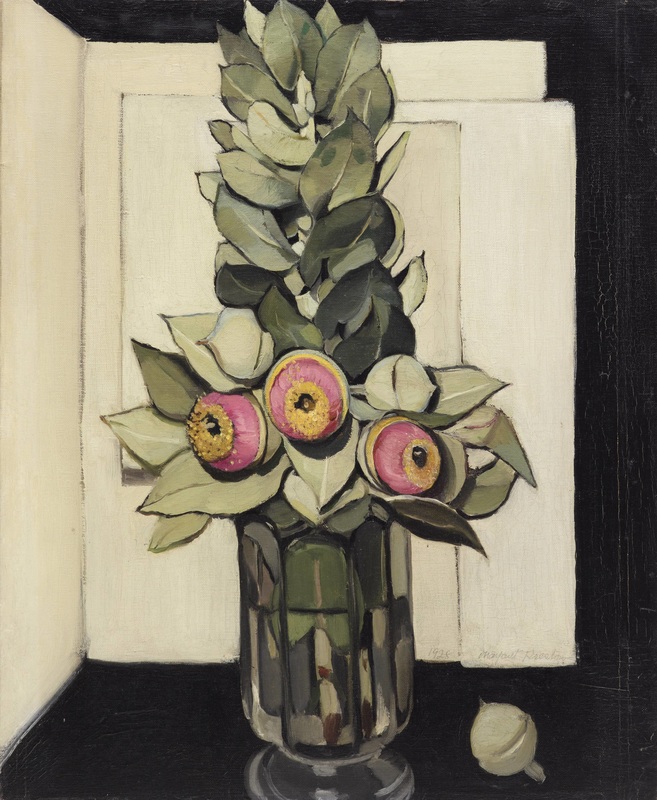
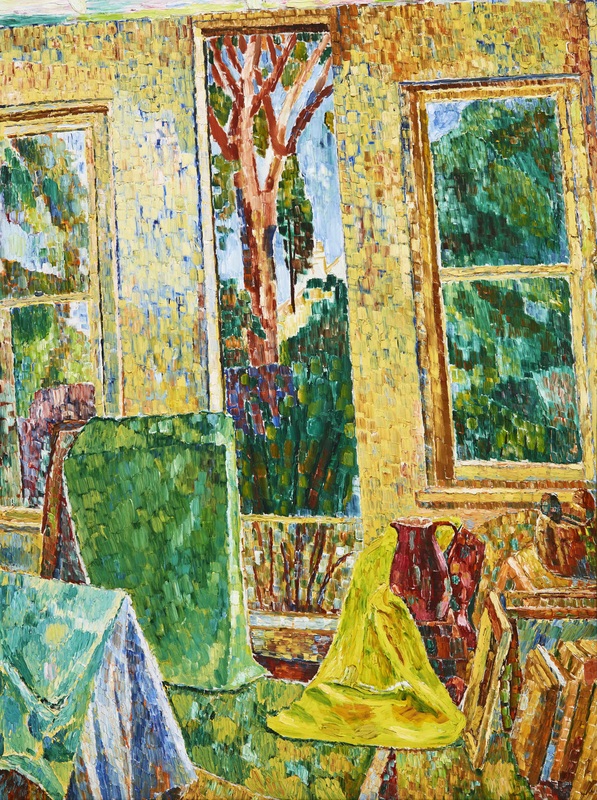
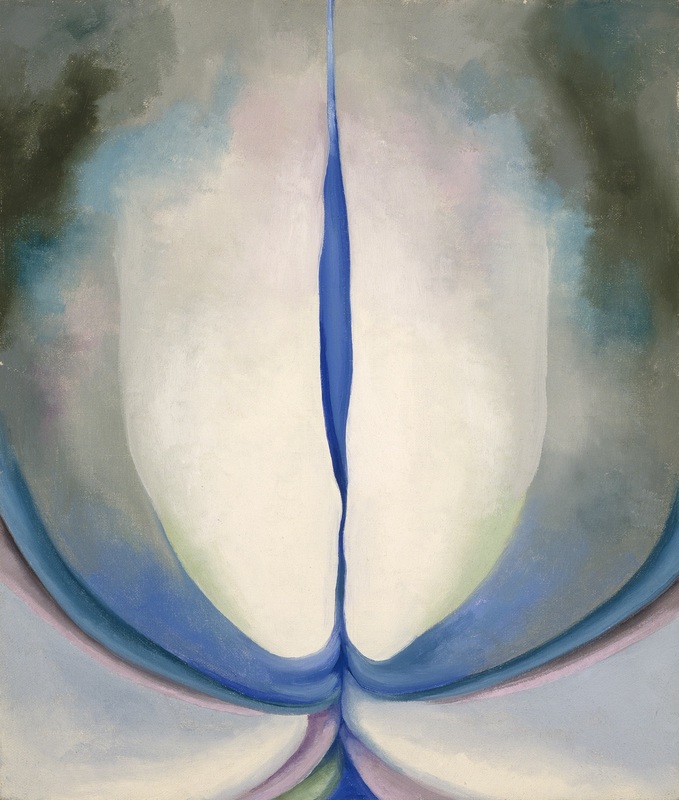
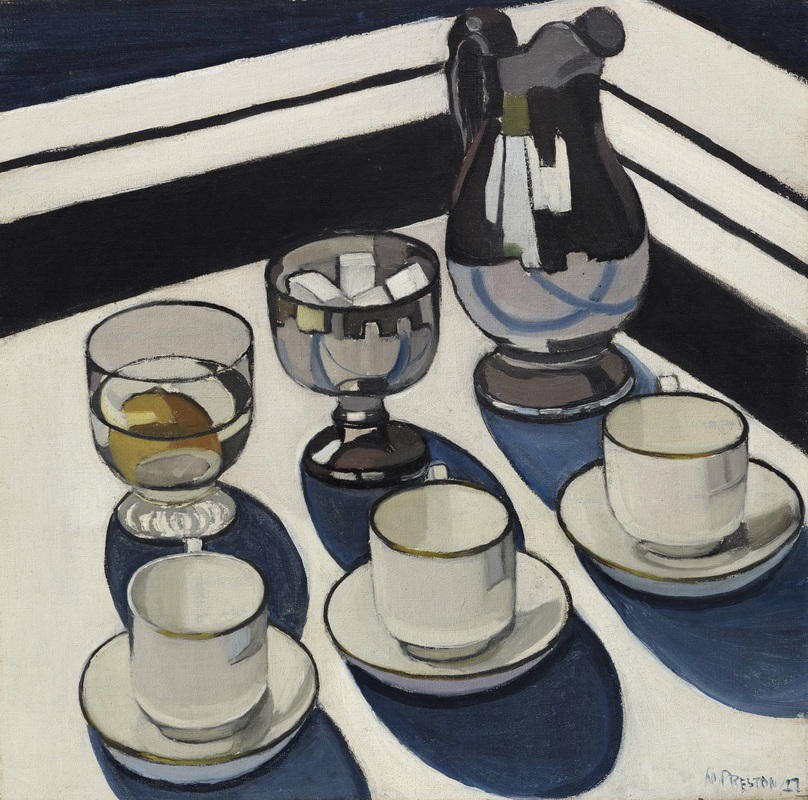
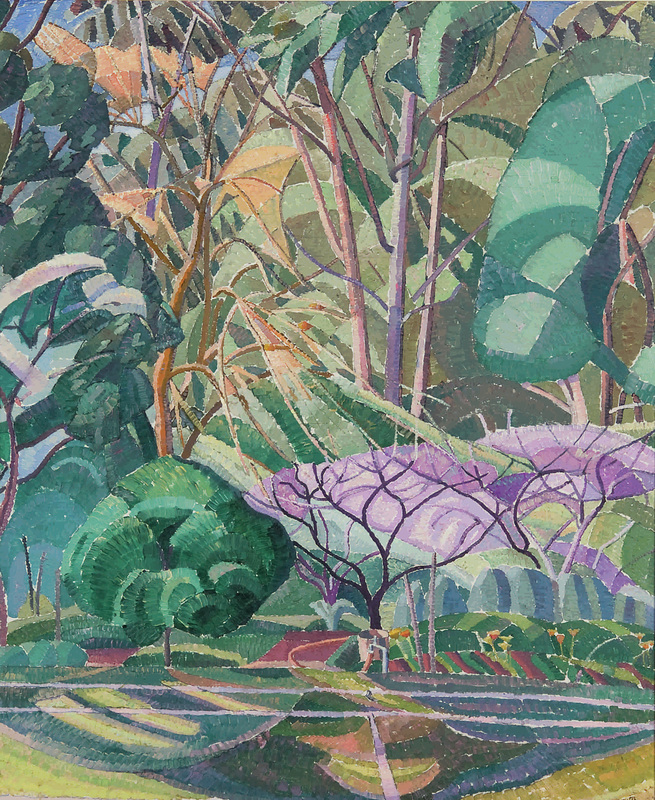
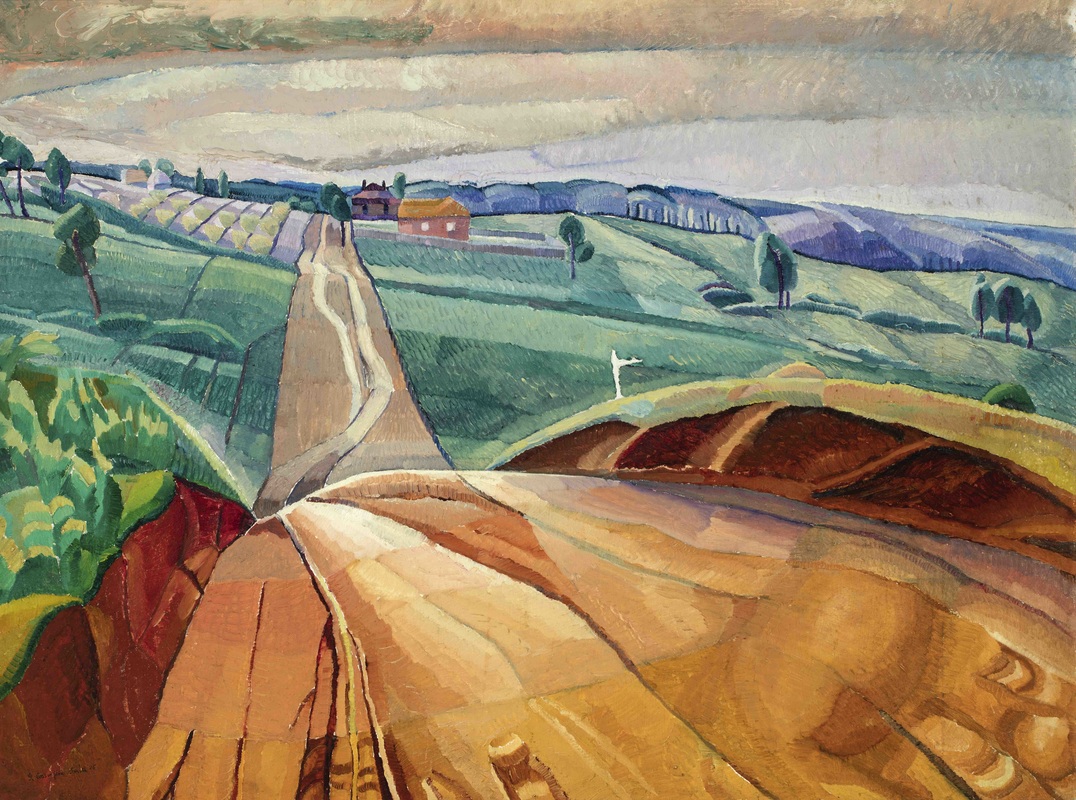
 RSS Feed
RSS Feed